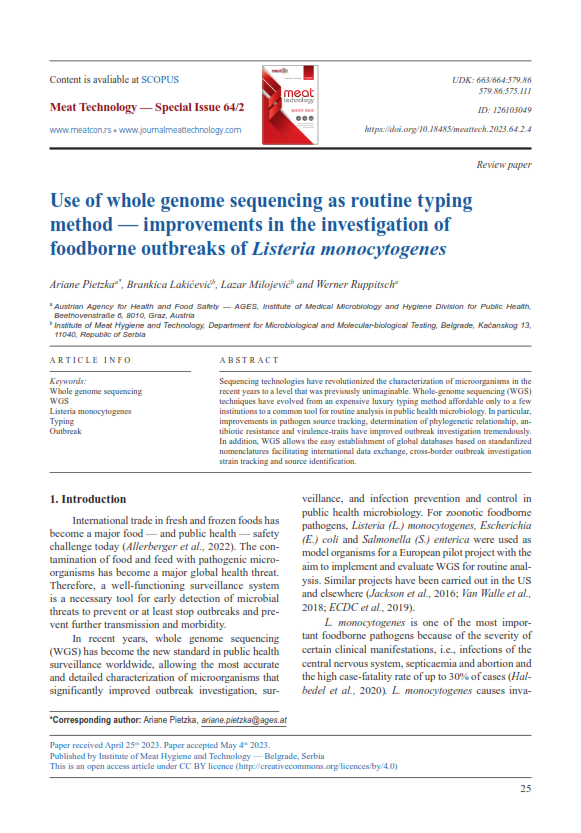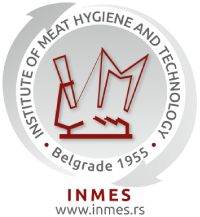Use of whole genome sequencing as routine typing method - improvements in the investigation of foodborne outbreaks of Listeria monocytogenes
Abstract
Sequencing technologies have revolutionized the characterization of microorganisms in the recent years to a level that was previously unimaginable. Whole-genome sequencing (WGS) techniques have evolved from an expensive luxury typing method affordable only to a few institutions to a common tool for routine analysis in public health microbiology. In particular, improvements in pathogen source tracking, determination of phylogenetic relationship, antibiotic resistance and virulence-traits have improved outbreak investigation tremendously. In addition, WGS allows the easy establishment of global databases based on standardized nomenclatures facilitating international data exchange, cross-border outbreak investigation strain tracking and source identification.





